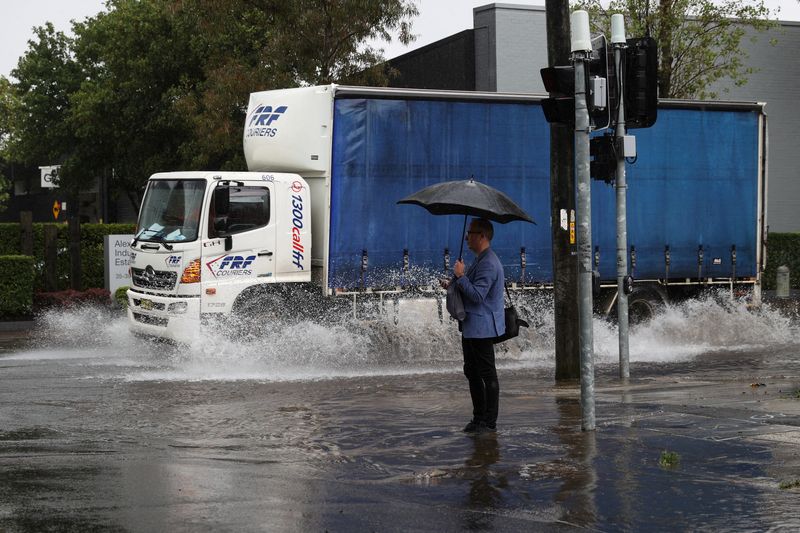By Renju Jose
SYDNEY (Reuters) – Australia’s climate conditions will worsen in the years ahead, two national agencies said on Wednesday, warning of quicker changes in weather patterns and more frequent extreme climate events.
Australia’s climate will continue to warm as greenhouse gases, such as carbon dioxide, are at the highest levels on Earth in at least two million years, said the Bureau of Meteorology and national science agency CSIRO in a biennial climate report.
“We’re expecting to see longer fire seasons in the future for the south and east, and an increase in the number of dangerous fire weather days,” said Karl Braganza, the bureau’s manager of Climate Environmental Prediction Services.
Australia has been enduring extreme weather events that some experts attribute to climate change. Droughts and devastating bushfires scorched the country at the end of the 2010s. The La Nina phenomenon in the Pacific Ocean, which occurs when equatorial trade winds strengthen and draw up cooler deep water, has caused an increase in storms and flooding since early 2021.
Heavy rainfall events are becoming more intense and more frequent short-duration heavy rainfalls are also expected, the report showed.
For Sydney, the country’s most populous city, 2022 is already its wettest year on record in 164 years. Frequent flooding had forced evacuations of thousands across the country’s east coast. Some residents had to flee homes or were told to prepare to evacuate at least four times since last year.
The warming of oceans around Australia, by more than one degree Celsius since 1900, has been contributing to longer and more frequent marine heatwaves, while sea levels are rising more quickly, the report said.
“This trend is expected to continue into the future,” CSIRO Director of Climate Science Centre Jaci Brown said.
“We’re seeing mass coral bleaching events more often, and this year, for the first time, we’ve seen a mass coral bleaching on the Great Barrier Reef during a La Nina year.”
Coral bleaching happens when the water gets too warm, causing corals to expel the colourful algae living in their tissues and turn white.
(Reporting by Renju Jose; Editing by Richard Chang)

